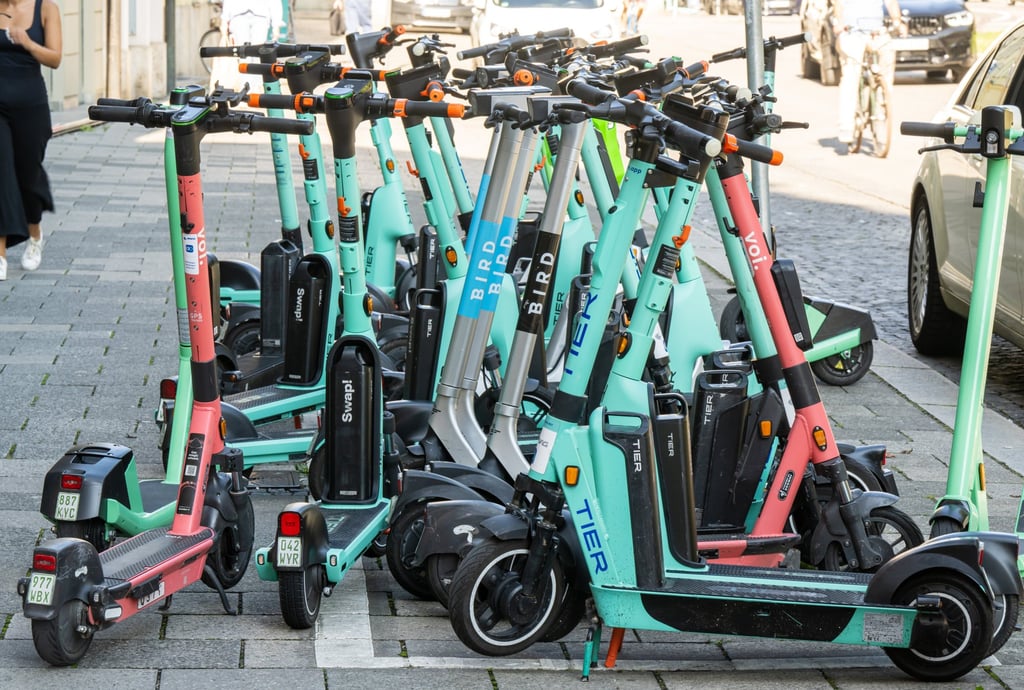Opinion | Hong Kong isn’t ready for e-scooters and other micro-mobility devices. Just look at the drivers
- E-scooters could be perfect in deafening, choking Hong Kong but with top speeds of up to 42km/h and little rider protection, these devices are perilous
- E-scooter riders are more likely to be injured in collisions than motorcyclists, cyclists, drivers and walkers, according to a study published in Finland

How long can Hong Kong remain in quarantine? How long can it push back against the horror? How long can it maintain its cordon sanitaire against this disfiguring plague?
Hong Kong now stands defiant against the lethal menace of the foldable e-scooter. But with the appeal of “micro-mobility” exploding around the globe, the fear is that Hong Kong, rarely slow off the mark when it comes to making money, will cave in to demands from its bone-idle millions for the electric pest.
A Californian market-research company’s recent report suggests that the hundreds of millions of dollars China spent on charging stations around the country in 2020 will herald a swarm of these children’s toys with engines.
The report adds that by 2030, the Asia-Pacific region’s e-scooter market (including the moped-style motorcycle) will be the world’s largest, worth US$26.25 billion. Incidentally, today’s hottest e-scooter playground, for standing and sitting variants combined, is India – and anything India can do China will naturally want to do bigger and better.

In deafening Hong Kong, with its deplorable air quality, a child-sized electric vehicle designed for sharing might seem attractive: cost-effective compared with taxis and private cars, non-polluting and unlikely to cause traffic chaos. But while hiring one is relatively cheap (unlocking and per-minute fees vary wildly), life-saving operations and hospital stays are not.

